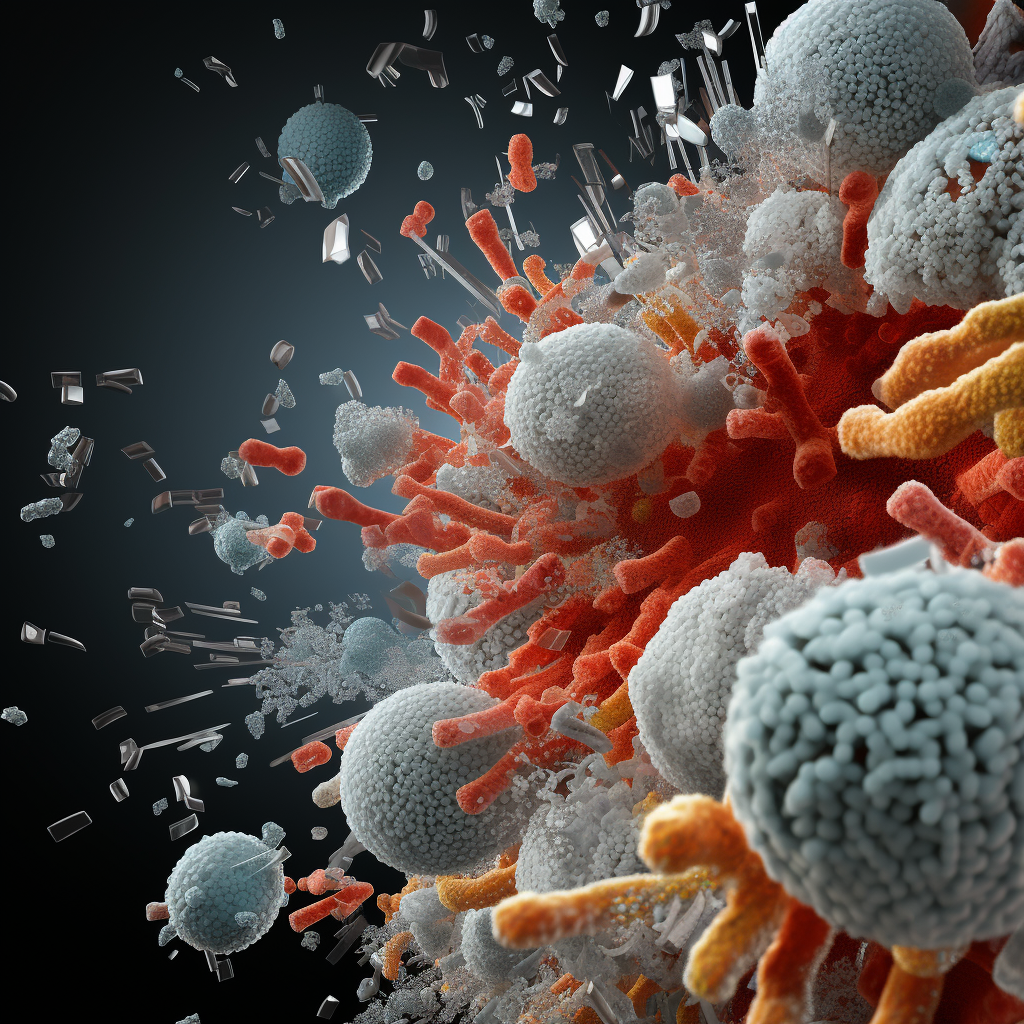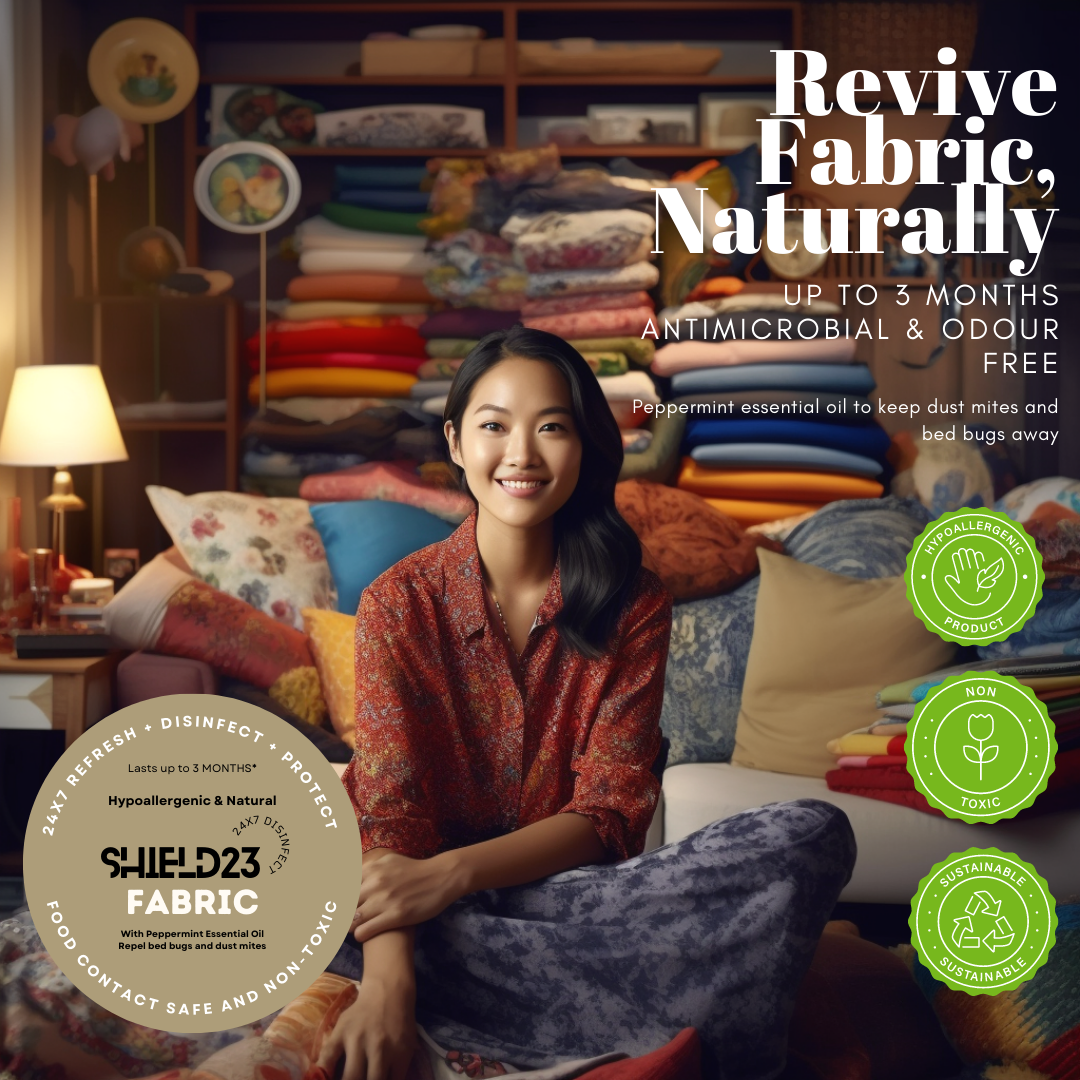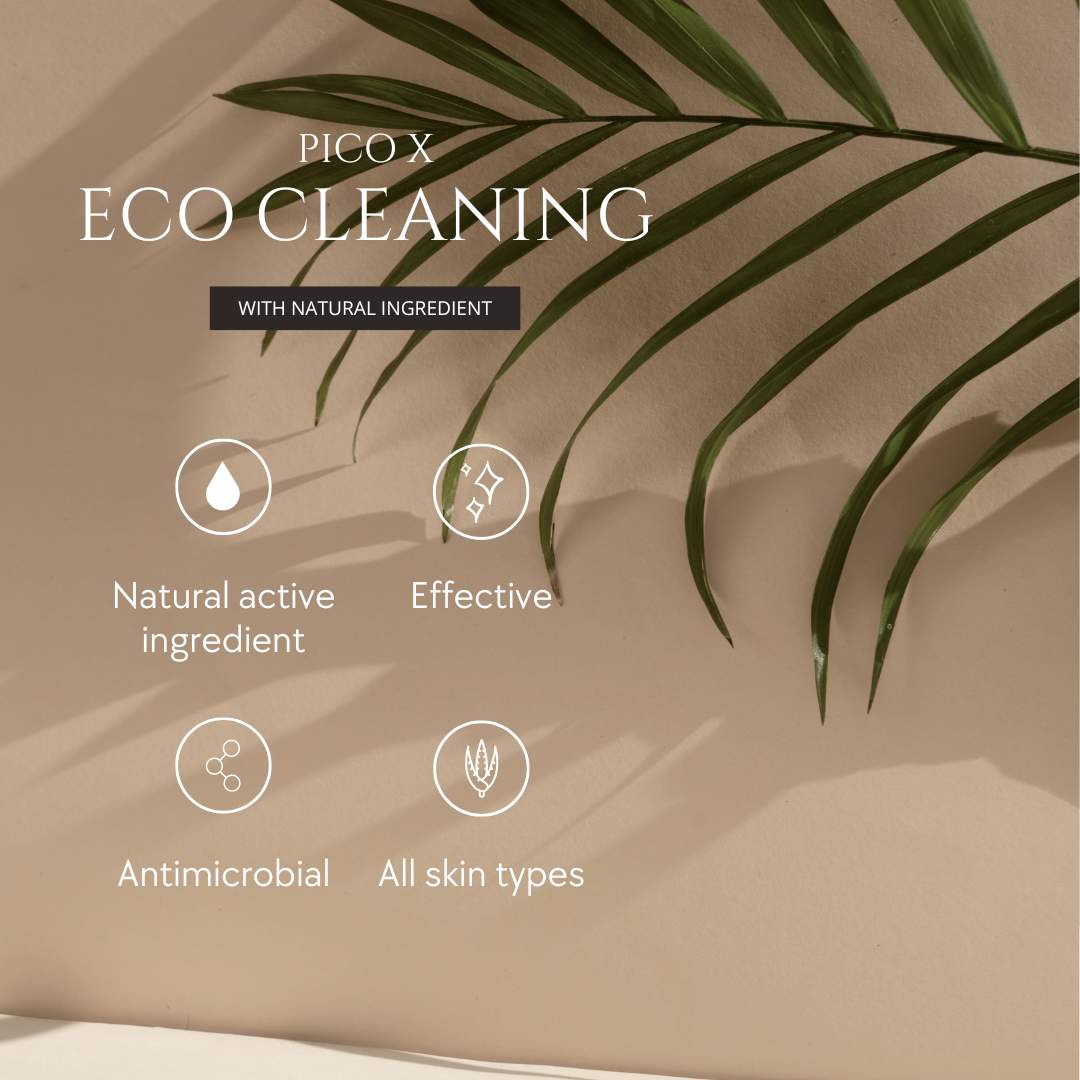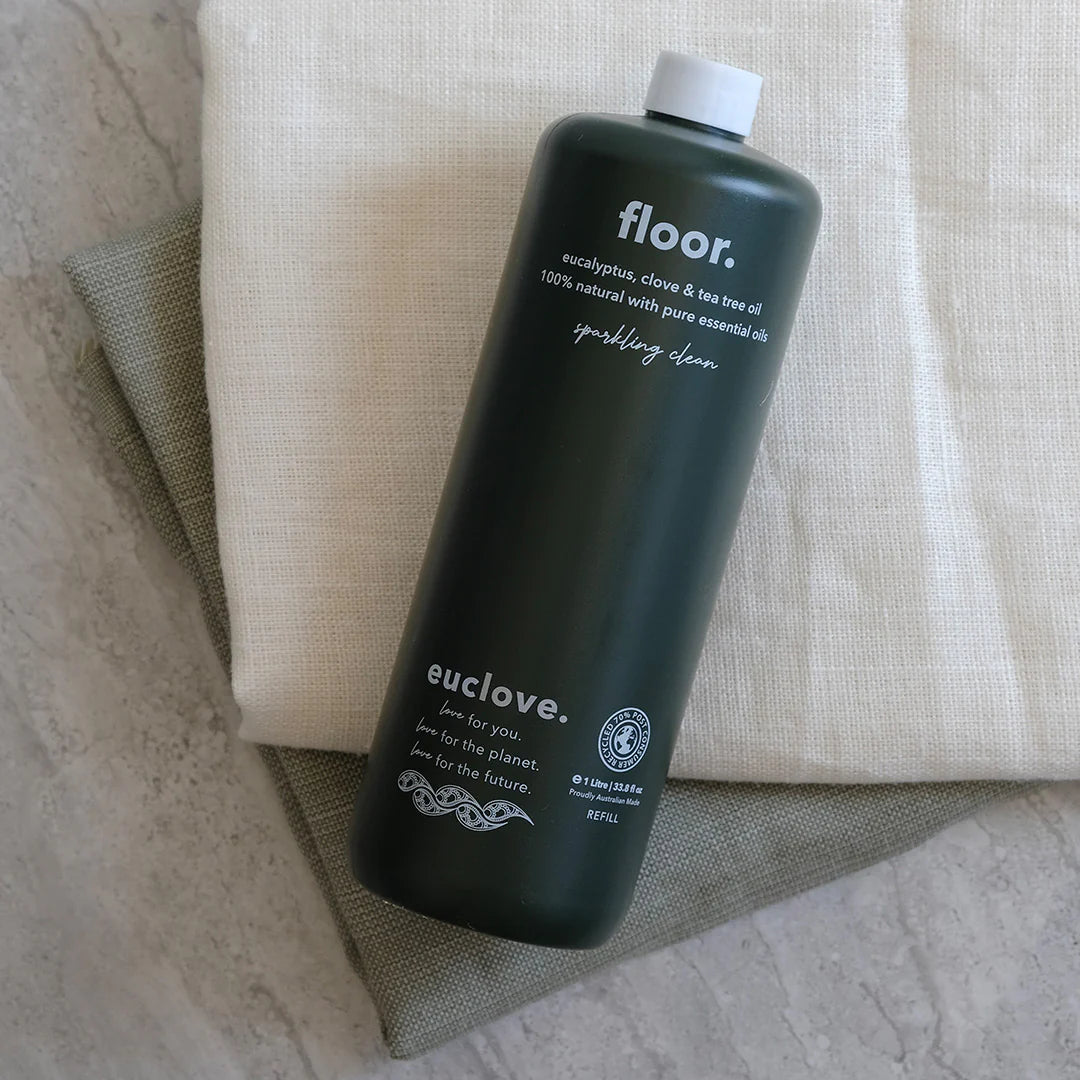-

Adoption of Antimicrobial Coating In The Hospitality Industry
-

Antimicrobial Coated Mattress For A Safe Night's Sleep
-

A safe way to improving indoor air quality and prevent mould at home.
-

Antimicrobial Coatings on Mattresses
-

Antimicrobial Coatings: A Revolution in Home and Commercial Space Hygiene
Living with COVID-19: Mitigating Risk of Infection and Pursuing Normalcy
- 15 min reading time
Most countries around the world swiftly imposed lockdowns as a last resort to mitigate the exponentially increasing rates of coronavirus infections. According to the US’s Centre for Disease Control and Prevention (2021), COVID-19 is transmitted through fomites, which involves coming into contact with contaminated surfaces or objects, and aerosol particles, defined as particles that form when fine droplets of an infected person rapidly dry and remain suspended in the air for long periods of time, hence increasing the risk of infection.
Undeniably, governments’ mandatory self-isolation was the best course of action to contain the spread of a contagious infection, compounded with the lack of preparedness to deal with a health crisis in some countries. However, restricting mobility significantly affected people’s wellbeing (Farsalinos et al., 2021). Based on this definition, lockdowns arguably affected various dimensions of wellbeing, especially income which hinged on declining economies. Therefore, it was inevitable that mental health was one the challenges of lockdown because every aspect of human life changed.
After a steady decline in infection rate, governments slowly eased lockdown regulations, allowing people to move about, when necessary. As people conjured the courage to get by through observing social distancing, hygiene practices, and wearing face mask, they slowly returned to work.
The news of the coronavirus vaccination seems to have boosted people’s confidence that worst is almost behind us and have embraced the hope that normalcy could be achieved sooner than later.
Nevertheless, it is prudent that we continue practicing recommended health practices that saw us through when vaccination was not available, while we are waiting for vaccines for children and high vaccination rate in population, the virus is mutating rapidly and some countries are still facing difficulties containing SARS-COV2 .
This article explores some of the things we should do as an individual to live a normal life and also discuss some pointers that corporate could do to mitigate risk of being a cluster starter.
Surfaces and something in the air
Research on the transmission of Covid-19, has revealed that SARS-COV2, can live on the surface for 2 to 9 days (Shah et al., 2021). However, its endurance to live depends on various factors including surface type, relative humidity, temperature, and the strain of the virus. The source of the SARS-COV2, which causes covid-19, is close direct or indirect contact with an infected person. The contact could be through respiratory droplets or secretions such as saliva that are expelled when an infected person talks, sneezes, or coughs (Shah et al., 2021). Therefore, we ought to adopt a wide spectrum of risk mitigation measures to minimize the risk of infection, considering the wire range of sources of transmission and endurance of SARS-COV2. Focusing on where SARS-COV2 virus thrives and increases the risk of infection and finding an appropriate strategy of making that environment inhospitable for its existence might be our greatest weapon of reducing the risk of infection.
Ventilate that toilet
Transmission through wastewater and fecal waste might sound like a big stretch considering the fact that we are yet to hear a case involving a sewage treatment worker that has acquired severe respiratory syndrome. However, research has indicated that the virus’ endurance is not compromised even by the digestive system. The virus has a longer lifespan even in fecal waste, where it has been confirmed to linger in stool of half of Covid-19 patients, even after it clears from their lungs (Cimolai, 2020). Therefore, to minimize the risk of infection, it would be prudent to focus on getting the protection right of cleaners and users in the toilet. Toilet should be re-design to allow adequate air ventilation or purification and surfaces should have antimicrobial protection beside the usual cleaning regime.
https://www.straitstimes.com/singapore/cleaners-in-high-risk-sectors-prioritised-for-vaccines-amid-growing-number-of-cases
Don’t forget your mask and clean pair of hands
During the pandemic, hygiene was identified as a critical approach to minimizing the risk of infection. Therefore, frequent and regular hand-hygiene, wiping down surfaces that are frequently touched, besides community use of masks are considered good health practices that mitigate the risk of infection (Kutti-Sridharan et al., 2020; Usmani et al., 2021). Intensive hand hygiene involving the use of soap and water to wash the hands for 40-60 seconds to remove viruses and bacteria is recommended. Likewise, using a hand sanitizer for 20-30 seconds has been essential in the effort to contain covid-19 infection (Kutti-Sridharan et al., 2020).
Work on all the surfaces around you
Another important aspect of hygiene involves cleaning. The use of antimicrobial coating or film on high touch areas not only enhance and compliment regular cleaning they act as a 24x7 protection on surfaces against viruses and bacteria. High touch areas include door handles, touch screens, toilet doors etc. To deal with the endurance of the COVID-19 virus on different surfaces in your car, kitchen and living room, where the virus can survive for between few hours and a couple of days, antimicrobial coating and film could deter its growth and minimize its spread through surface contact (Usmani et al., 2021). Some of these antimicrobial solutions are based on synthetic anti-microbial polymers comprising of copper, silver, and zinc cations, which when used in coating can rebel or kill pathogens by releasing antimicrobial compounds or inorganic metal ion (Balasubramaniam et al., 2021).
Boost your immune system
Part of gaining normalcy includes maintaining regular physical exercisers to help deal with post-quarantine depressive symptoms associated with pandemic stressors. Many people, both children and adults, were affected by lack of social interaction and outdoor activities during the lockdown, which led to various forms of depression (Ren et al., 2020). Therefore, dealing with depressive symptom might be one of the hardest tasks to achieve; because, even after lockdown has been lifted, there is a lot to compensate for. However, research has shown that involvement in physical exercises and reducing screen times, especially social media and television, would reduce post-lockdown depression symptoms (Ren et al., 2020). Therefore, it is time we go back to our gym routines, morning and/or evening runs, power-walks, and reduce leisure-time screen as we plan to get our lives back.
Role of corporate in mitigating infection and keeping the employees and customers safe, avoid being a cluster hot bed.
Surfaces and air, again
Corporate has a significant role in helping employees and customers transition into normalcy while preventing COVID-19 infections.To support individual and collective effort in mitigating infections, corporate should powerup for Covid19 in the workplace. Management should ensure that individual hygiene efforts are not compromised once in a workplace. Employers can achieve this by improving levels of hygiene in workstations through surface coating, regular cleaning, and constant air purification, using antimicrobial encapsulations to reduce transmission through contact and air (Balasubramaniam et al., 2021). Therefore, corporate might consider increase the rate of office cleaning at both common areas and individual workspaces. Also, it is advisable to use silver or copper ion based antimicrobial coating of film on high touch areas, pantry, toilets, meeting rooms, and handles to prevent bacteria and viruses surviving. Furthermore, organizations should stock soap, hand sanitizers, face masks, and disinfectant wipes to ensure that both employees and customers maintain high hygiene standards. Placing UV sanitization counters at guest lobby and pantry for employee to sanities personal and common office’s equipment that could break the chain of infection and psychological make them feel safe in the office.
Employers should ensure that office and workspaces are well ventilated to reduce the risk of airborne transmission. Research has indicated that confined spaces with poor ventilations are high risk factors could increase of COVID-19 because aerosol particles exhaled from people’s respiratory systems remain in the air more than 3 hours (Kurabuchi et al., 2021). Therefore, management teams should ensure that ventilation systems with appropriate ventilation rates to rule out possible risk of infection from discharge of aerosol particles exhaled from employees working in smaller spaces or behind closed doors.
Vaccination and PPE
Creating awareness on the importance of vaccination and establishing guidelines on proper use of PPEs will help in creating a supportive work environment where everyone is focused on reducing infection rate and protecting others. Therefore, encouraging wearing of masks, face-shield, and gloves for those handling money, doors, and products and equipment that people touch regularly will help in minimizing transmission by contact and respiratory secretion. Also, corporate should extend leave days to those going for vaccination and helping employees and customers that vaccination offers a real opportunity of taking control of our lives.
Family Support
It is possible that some employees are living with or caring for family members or friends infected or recovering from COVID-19. In some cases, they might be exposed to the virus. Therefore, management teams and corporate should not only be prepared but also sensitive with these scenarios so that they can create a support plan for the involved staff. For instance, employers might consider updating their sick leave policy to help employees find it easier in helping their loved one infected or affected by the pandemic, or enhance their personal recovery, if exposed. This approach will relief employees’ stress of choosing between executing their roles at work and being with their loved one at their time of need.
Changes to operations
Likewise, corporate might consider planning hybrid work-from-home and office approaches in their preparations to bringing operations back to some sort of normalcy. While planning for appropriate and effective strategies of transitioning from mandatory remote working to on-site, there are employees who might not be ready to return to their workstations because they might have developed conditions that might increase their vulnerability to infection. On the other hand, there are employees who are eager to resume working from the office but still have caregiving duties to attend to. Therefore, employers should allow management teams to find effective means of integrating both remote working and on-site so that employees could be productive at their duties, irrespective of where they work from.
Respect decisions, look out for anxiety
Workplaces should encourage social interaction to break the post-quarantine social anxiety and awkwardness. Employers should consider the possibility that while all employees and customers have experienced the pandemic, people had different experiences and perspectives, including but not limited to vaccination, all has affected them differently. Therefore, it is possible that employees have developed different coping mechanisms. While it might be easy to let everyone deal with the aftermath of the pandemic as they see fit, it will be important for management teams to find strategies that could help employees interact and help each other through their experiences and regain team synergy.
The role of vaccination in bringing normalcy
News of the COVID-19 vaccines has become rare light of what seemed to be one of the darkest tunnels that humanity has gone through. While the vaccines are not yet the silver bullet to the COVID-19 pandemic because despite its high success rate, there is still the risk of re-infection as new strains of COVID-19 virus emerge. However, results have shown that it is the best solution we have and it has been effective for the few months now (Abu-Raddad, 2021; Majeed, Papaluca, & Molokhia, 2021; Polack et al., 2021). Vaccination has given people hope of finally socializing freely and engaging in social activities. Nevertheless, we should be responsible not to deliberately expose ourselves to risk factors of infection. Since the vaccine is meant to boost the body’s immune system to fight the COVID-19 virus, we should give our bodies the best environment and favorable conditions to win the fight. Therefore, coupling vaccination with non-pharmaceutical intervention will mitigate the risk of infection. Increasing the rate of vaccination could help people return to their lives and start attending social gathering, sporting events, and live their lives. For instance, the UK is about to realize the benefits of high rates of vaccinations against COVID-19. Prime Minister Boris Johnson stated that covid-19 rules are set to end, starting July 19th (Elgot & Sample, 2021), a clear testament that with increasing rates of vaccination and responsible behavior are key to achieving normal living.
However, vaccination is not the magical shot to end the pandemic. We are fighting with nature, nature may find a way, we have been managing viruses since the beginning of time. We must be prepare for the prolonged fight against Covid19 and do more than just to rely on vaccines to protect us and future generations from the virus.
In conclusion, returning to normalcy after a contagious human coronavirus that ravaged people’s ways of life and living might seem not too far off if we get all the above right.
Get in touch with us if you need to find out about mitigating infection risk in your organisation.
mark.lai@antimicrobialpicox.com
References
Abu-Raddad, L. J., Butt, A. A. (2021). Effectiveness of the BNT162b2 Covid-19 Vaccine against the B.1.1.7 and B.1.351 Variants. The New England Journal of Medicine, 385:187-189. DOI: 10.1056/NEJMc2104974
Balasubramaniam, B., Ranjan, S., Saraf, B., Kar, P., Singh, S. P., Thakur, V. K., Singh, A., & Gupta, R. K. (2021). Antibacterial and antiviral functional materials: Chemistry and biological activity toward tackling COVID-19-like pandemics. ACS Pharmacol Transl Sci. 4(1): 8–54.
Banerjee, D., & Rai, M. (2020). Social isolation in Covid-19: The impact of loneliness. International Journal of Social Psychiatry, 66(6), 525–527. https://doi.org/10.1177/0020764020922269
Center for Disease Control and Prevention (2021, May 7). Scientific brief: SARS-CoV-2 transmission. Retrieved July 12, 2021 from https://www.cdc.gov/coronavirus/2019- ncov/science/science-briefs/sars-cov-2-transmission.html
Cimolai, N. (2020). Features of Enteric Disease from Human Coronaviruses: Implications for
COVID‐19. Journal of Medical Virology. doi:10.1002/jmv.26066
Chiu, N. C., Chi, H., Tai, Y. L., Peng, C. C., Tseng, C. Y., Chen, C. C., Tan, B. F., & Lin, C. Y. (2020). Impact of wearing masks, hand hygiene, and social distancing on Influenza, Enterovirus, and all-cause pneumonia during the Coronavirus Pandemic: Retrospective national epidemiological surveillance study. Journal of medical Internet
research, 22(8), e21257. https://doi.org/10.2196/21257
Elgot, J. & Sample, I. (2021, July 5). Boris Johnson to scrap most of England’s Covid rules from 19 July. The Guardian. Retrieved July 8, 2021 from https://www.theguardian.com/world/2021/jul/05/boris-johnson-says-most-covid-rules- likely-to-end-in-england-on-19-july
Farsalinos, K., Poulas, K., Kouretas, D., Vantarakis, A., Leotsinidis, M., Kouvelas, D., Docea, A. O., Kostoff, R., Gerotziafas, G. T., Antoniou, M. N., Polosa, R., Barbouni, A., Yiakoumaki, V., Giannouchos, T. V., Bagos, P. G., Lazopoulos, G., Izotov, B. N., Tutelyan, V. A., Aschner, M., Hartung, T., Wallace, H. M., Carvalho, F., Domingo, J. L., & Tsatsakis, A. (2021). Improved strategies to counter the COVID-19 pandemic: Lockdowns vs. primary and community healthcare. Toxicology Reports,8, https://doi.org/10.1016/j.toxrep.2020.12.001.
Greyling, T., Rossouw, S., Adhikari, T. (2021). The good, the bad and the ugly of lockdowns during Covid-19. PLoS ONE, 16(1), e0245546. https://doi.org/10.1371/journal.pone.0245546
Kurabuchi, T., Yanagi, U., Ogata, M., Otsuka, M., Kagi, N., Yamamoto, Y., Hayashi, M., & Tanabe, S. (2021). Operation of air-conditioning and sanitary equipment for SARS-CoV- 2 infectious disease control. Japan Architectural Review, 2021.
Kutti-Sridharan, G., Vegunta, R., Vegunta, R., Mohan, B. P., & Rokkam, V. (2020). SARS- CoV2 in different body fluids, risks of transmission, and preventing COVID-19: A comprehensive evidence-based review. International journal of preventive
medicine, 11, 97. https://doi.org/10.4103/ijpvm.IJPVM_255_20
Majeed, A., Papaluca, M., & Molokhia, M. (2021). Assessing the long-term safety and efficacy of COVID-19 vaccines. Journal of the Royal Society of Medicine. https://doi.org/10.1177/01410768211013437
Polack, F. P., Thomas, S. J., Kitchin, N. K., Absalon, J., Gurtman, A., Lockhart, S., Perez, J. L., Marc, G. P., Moreira, E. D., Zerbini, C., Bailey, R. & Swanson, K. A. (2021). Safety and efficacy of the BNT162b2 mRNA Covid-19 vaccine. The New England Journal of Medicine, 383, 2603-2615. DOI: 10.1056/NEJMoa2034577
Rowan, N. J., & Moral, R. A. (2021). Disposable face masks and reusable face coverings as non-pharmaceutical interventions (NPIs) to prevent transmission of SARS-CoV-2 variants that cause coronavirus disease (COVID-19): Role of new sustainable NPI design innovations and predictive mathematical modelling, Science of The Total
Environment, 772, 2021. https://doi.org/10.1016/j.scitotenv.2021.145530.
Shah, S. M. A., Rasheed, T., Rizwan, T., Bilal, M., Iqbal, H. M. N., Rasool, N., Toma, S., Marceanu, L. G., & Bobescu, E. (2021). Risk management strategies and therapeutic modalities to tackle COVID-19/SARS-CoV-2. Journal of Infection and Public
Health, 14(3), 331-346. https://doi.org/10.1016/j.jiph.2020.12.023.
Usmani, Z, Lukk, T., Mohanachandran, D. K., Thakur, V. K., Gupta, V. K., Robert, D., Raj, J., Scarpa, F., & Gupta, R. K. Biosafe sustainable antimicrobial encapsulation and coatings for targeted treatment and infections prevention: Preparation for another pandemic. Current Research in Green and Sustainable Chemistry, 4, 100074
World Health Organization (2020, July 9). Transmission of SARS-CoV-2: implications for infection prevention precautions. Retrived July 7, 2021 from https://www.who.int/news- room/commentaries/detail/transmission-of-sars-cov-2-implications-for-infection- prevention-precautions
Yen, M. Y., Schwartz, J., King, C. C., Lee, C. M., & Hsueh, P. R. (2020). Recommendations for protecting against and mitigating the COVID-19 pandemic in long-term care facilities. Journal of Microbiology Immunology and Infection, 53(3), 447-453.
https://doi.org/10.1016/j.jmii.2020.04.003.
Tags
-

Best Fabric Refresher 2023
-

Looking for the Best Cleaning Services in Singapore?
-

Benefits Of Essential oil Based floor cleaners - Eucalyptus, Clove and Tea Tree
-

Top ten cleaning services in Singapore?









